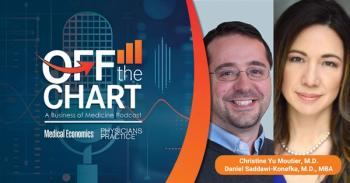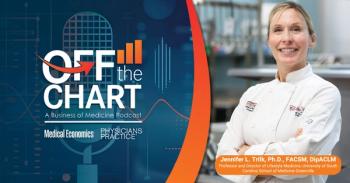
How to Get More Students to Become Physicians
Among U.S. doctors, a SERMO poll reveals that student loan forgiveness is a favored method to convince more people to enter into medicine.
Though many countries are struggling with a shrinking physician workforce, the U.S. in particular has created unnecessary and unique challenges for students seeking to become physicians: massive student debt.
Student loan debt has topped $1.3 trillion, with the average member of the class of 2015 holding more than $35,000 in student loan debt. However, that total is only a fraction of the debt that awaits medical school graduates - an average of $180,000 for 2014 graduates, according to the Association of American Medical Colleges. That number can quickly balloon to more than $325,000 in repayment over the life of the loan, if graduates go into forbearance during a three-year residency. Those participating in a seven-year residency can expect to pay $400,000 over the life of their loans, as interest continues to accrue while they learn their practice.
SERMO, a social media site exclusively for doctors, found in a recent poll that U.S. doctors were far more likely than doctors from other countries to say that forgiving student loan debt would be the best way to draw more young people into studying medicine. Out of more than 3,800 doctors who answered the poll, 18 percent of U.S. respondents selected student loan forgiveness, versus just three percent of international physicians. One U.S. internist summed up these concerns, commenting, "I love what I do and wouldn't change it if I could, but at times it is depressing when I see the financial hole I am in."
Compounding these challenges, many U.S. doctors are facing stagnant or falling income as student loan payments have grown. A July poll of SERMO doctors revealed that among 649 U.S. physicians, 49 percent reported that their income has fallen over the past five years and an additional 22 percent reported no change.
Student loan forgiveness is available for a small subset of doctors who qualify, by working for a government agency or non-profit hospital. These graduates must document 120 on-time payments on their student loans and complete ten years of service at a qualifying institution before their remaining loan balance is forgiven. However, some residency programs place residents with for-profit hospitals, making them ineligible for relief, and the boom in hospital mergers has diminished the number of available positions in not-for-profit settings.
It is time to recognize that doctors can be engaged in public service - particularly, providing care to underserved populations - regardless of the tax status of their employer.
In order to truly address the impending doctor shortage crisis, we must do more to reduce hurdles for medical students - including making medical school more affordable and expanding access to student loan forgiveness for doctors who are providing public service, wherever it occurs.
Newsletter
Optimize your practice with the Physicians Practice newsletter, offering management pearls, leadership tips, and business strategies tailored for practice administrators and physicians of any specialty.








